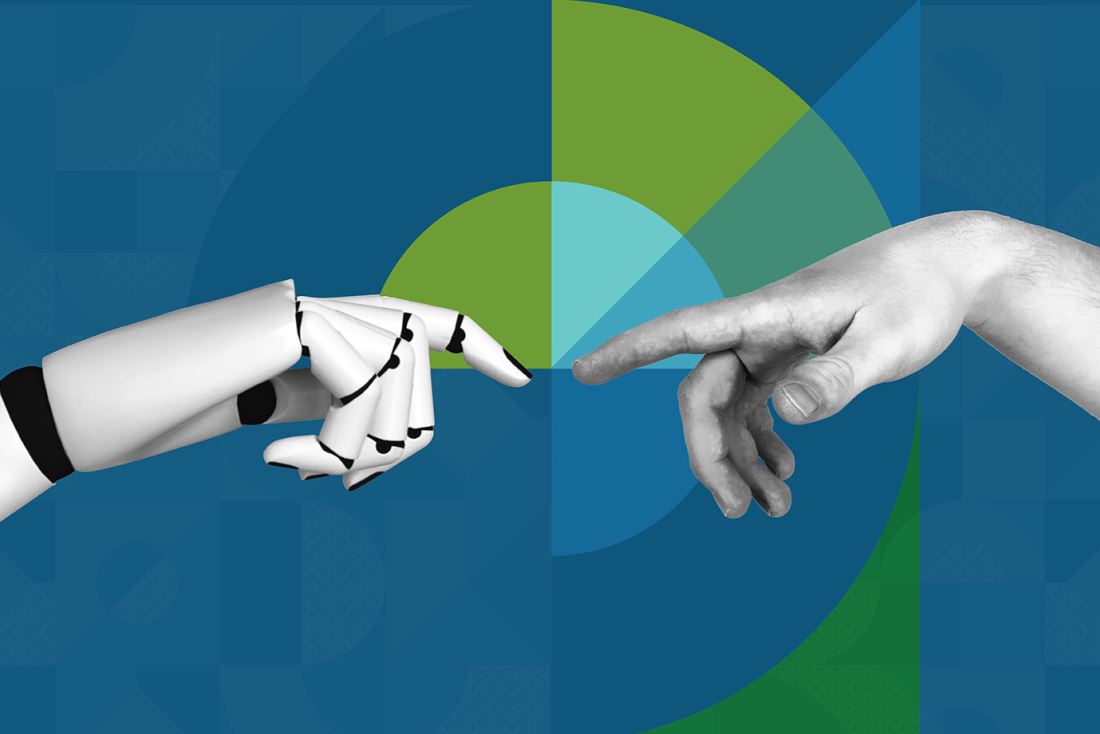Article
Revolutionizing Branding: Harnessing Big Data and the IoT

The idea of connection through digital means is revolutionary, particularly when it comes to the infrastructure of business as a whole. The internet of things, or IoT, is that concept fleshed out — physical objects capable of gathering and sharing data — and is poised to revolutionize branding. The data and control these connected devices offer companies have blurred the lines between digital and brand strategy, effectively making them function as one, in many cases.
The Growing Trend Of Leveraging Data
It's no surprise that digitally progressive companies have crossed the border into full-on IoT adoption without hesitation — they were halfway there already, after all. When third-party logistics providers began dabbling in technology like RFID tags on warehouse pallets, it was only a matter of time before trucks, racks and other equipment followed suit. Now, those same RFID tags once used for warehouse-only interactions are providing shipping data that may trigger a notification on a customer's smartphone, complete with the expected time of delivery. This cuts back on common package location contacts, saving time and money on customer service costs.
What was once a novelty, or something for tech-focused companies to dabble in, is now the financial lifeblood for the biggest names in the business. Recently, Amazon announced three new wearable IoT products: Echo Frames, Echo Loop and Echo Buds. And it's created customer-facing pieces of the IoT, such as the Amazon Echo smart speaker and "Dash buttons" — physical, stand-alone buttons that instantly reorder a favorite item. They're honing in on the perfect balance between cost-effective shipping and customer expectations.
Major Companies Move To Digital
Digital tracking and gathering big data might not be simple online, but most marketing professionals would agree it's an easier task in a digital space than a physical one. What, then, should a brand do when they have a footprint in both worlds? Is it impossible to track the same customer through two extremely different shopping scenarios? Not necessarily.
Companies that have long occupied the physical world are making the move to digital in an accessible, palatable way through innovations like branded apps. These apps, used by legacy companies like McDonald's, give companies insight into the buying habits of brick-and-mortar customers by dangling two tried-and-true carrots: incentivization and gamification. Even the humble cup of coffee has made the leap into the customer-tracking matrix of big data with outreach by companies like Starbucks, which made its loyalty card/payment method/gift card storage app into a concept so familiar, it effectively made its own physical loyalty cards a thing of the past.
Data Informs R&D, Not Vice Versa
Research and development have always considered the consumer experience, but before big data was part of the picture, it was largely through limited polling or pure speculation. While past results still can and do point to lucrative future opportunities, the need to appease shareholders (and now, all stakeholders according to the Business Roundtable) has made companies progressively less tolerant of game-changing risks. Big data levels this playing field by providing exact numbers and percentages that drive down risks and costs while highlighting unique underdeveloped niches to nurture within a product line or service menu.
Beyond the invention of new products, big data is also informing another huge part of the product cycle: reverse logistics, which consumers know as product returns. By determining why, how often and from which locations these consumer returns are processed, companies can proactively issue recalls or improvements along the supply chain. Customers receive their refunds or credits more quickly, and companies are able to process those returns more quickly as well. This long-term satisfaction feeds back into the trust and reputation of a brand, ultimately improving sales.
Where Does Your Brand Stand?
Chances are, your customers are willing to share a lot more of their data with your company than you realize. It will remain inaccessible, however, unless you give them a convenient and incentivized method to share it organically. Does your company already use these marketing strategies for customer experience in digital and hybrid brands?
- Log-in capabilities to store wish lists, gift lists and shipping address books.
- An order history log to determine when items were last purchased.
- A method of tracking frequent purchases or refilling periodic orders.
- Habitually linking customer identity to email and cellphone number data.
- Loyalty rewards, birthday acknowledgments, and other personalized interactions.
- Preference settings, such as applying promo discounts to one product type over another.
- Integrated online marketing, such as newsletters, and traditional mail advertising.
- Access to help via customer service representative live chat or specific CS email queues.
If the answer is no, why not? If your customers struggle to connect themselves to your brand, it won't be long before they stop trying. This is doubly true for B2B organizations: With a crowded market and competitors all too willing to woo away your core client list, personalization is the best bridge to keeping that connection intact.
With that said, it's extremely important to balance data collection risks and rewards, particularly when viewed through a consumer's eyes. A recent poll found that 65% of respondents didn't trust their IoT devices to safeguard their privacy — that's a big hurdle for an IoT-connected company to clear. As legislation and cultural skepticism temper the rapid growth of IoT devices, ethical quandaries also arise. Amazon's Ring video doorbells, for example, are under scrutiny for their cozy information-sharing arrangements with local police forces. When partnering, changing or developing new IoT devices, manufacturers need to keep not only the known issues in mind, but also the optics of potential conflicts of interest.
The Bottom Line
When a customer can count on companies to recognize them for their unique needs, they can trust them to deliver on them. And when companies ethically take advantage of the free information that customers, both established and potential, willingly hand over each day, success won't be far behind.

